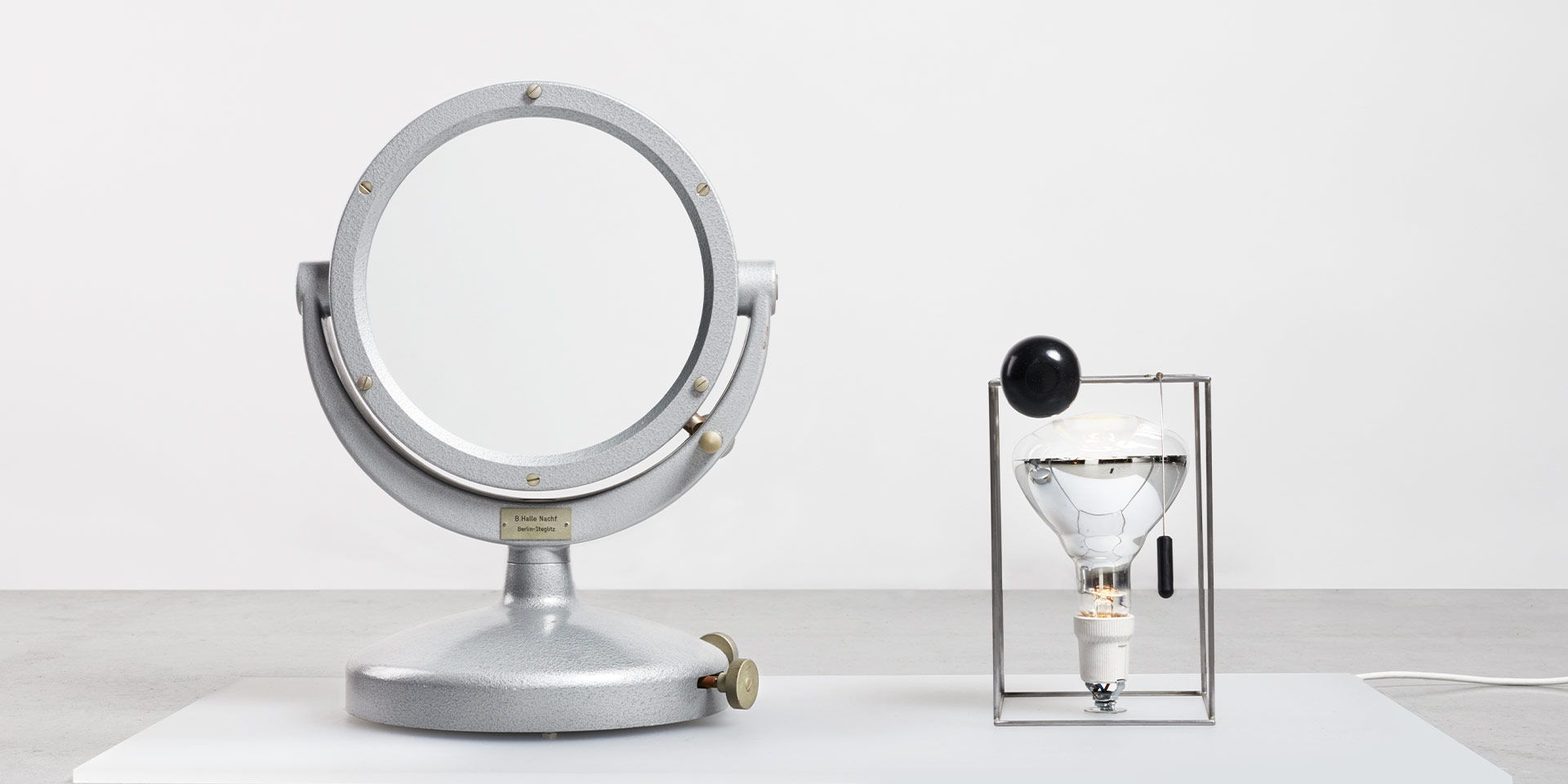New Material Award Challenge

From unexpected innovations to business models
Usually, a company’s starting point is an opportunity to develop a product or service that meets a market need. For designers and artists this is seldom the case. They were trained to be inquisitive and investigate, not always knowing where their research will bring them. If you’re fascinated by how a plant’s roots could be manipulated or by biodegradable materials, you can end up creating anything from artworks (Diana Scherer and Bastiaan de Nennie) to a coat (Heleen Klopper), a chair (LabelBreed) and a supply chain improvement service (Michelle Baggerman).
This exploratory approach often leads to unexpected innovations that can inspire systemic change. But it’s unpredictable work, which makes it hard to budget or plan. If you don’t start with a specific client in mind, it can be hard to choose between potential applications of these new materials. And because entrepreneurial skills are not part of the curricula of art and design academies, money and profit are often considered taboo.
This is why we, together with Stichting DOEN, we created the New Material Award Business Model Challenge (NMA BMC) incubator for 12 artists and designers whose innovative or sustainable materials had been nominated for the New Material Award. Now, they are all eager to develop business plans for their materials or services and get them out there in the market. During 3 training days, 4 masterclasses, and personal mentorship sessions with experienced impact entrepreneurs, we will guide them through the business modelling process.
From vision and mission to customer segments
The first week of our NMA BMC for artists and designers began with building a strong foundation for their emerging business models. So we started by revisiting their vision, mission and strategy. As we learned in all of our acceleration programs, taking a step back to reflect on your current situation brings clarity and focus.
Another key first step was identifying potential customer segments by, for instance role-playing conversations with different types of customers to experience what their needs and concerns may be.
And discussing product-market fit helped open up a conversation about value and money. It also raised questions such as
- How do you position yourself as a designer to clients?
- How do you get funding when cannot anticipate the result of your work?
- When and why would you refuse a request?
As part of the program’s first week, the designers also got to meet their also their business mentors, many of whom are part of Stiching DOEN’s social enterprise network. Here are a few examples of our mentor – designer pairings:
- Marja Baas of Myomy and Petra Vonk
- Rob van den Dool of Yumeko and Roos Meerman
- Tiemen ter Hoeve of Roetz Bikes and Dirk van der Kooij
- Gerrit Bruggeman of Cradle to Cradle and the Dutch Design Foundation and Jennifer de Jonge
- Christine Vroom of Het Nieuwe Instituut and Bastiaan de Nennie
- Saskia Werther of Stichting DOEN and Didi Aaslund
From collaboration to a new economy
Stijn Roodnat of LabelBreed and the Design Academy Eindhoven played a special role in the first week of our NMA BMC by introducing the group to the innovative approach of his company.
LabelBreed acts as an intermediary between designers and traditional factories. The company believes that innovation doesn’t just happen; it takes a lot of work and experimentation. When a creative person visits a factory, asks lots of questions and plays around with the facility’s materials and machines, some beautiful, award-winning products can emerge.
By having both creative and engineering expertise in their team, LabelBreed is able to successfully collaborate with very different partners. And these collaborations often result in new products that are also more efficient and able to reduce waste in the supply chain.
Following this great example of using collaboration for a new economy is a masterclass on circular economy. We will also be working closely with the 12 selected innovators on their business plans, as they prepare to present their newly developed business models at the 2017 Dutch Design Week.